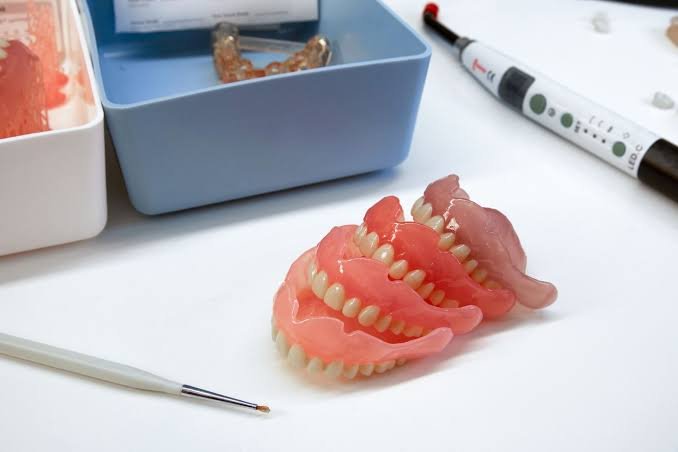Many enthusiasts understandably focus on the intricate design of their models or the impressive specifications of their machines. However, the often-overlooked secret to consistent, high-quality output lies in a deeper understanding of your 3D print resin and its dynamic interaction with your printer and environment. Far from being a passive ingredient, your chosen resin is an active participant in every layer, influencing everything from fine detail reproduction to the ultimate mechanical strength of your finished part.
This article delves into the critical factors that govern resin performance, exploring how the right material choice, environmental controls, and intelligent printer technology harmonize to transform your digital vision into a perfect physical reality. It’s about moving beyond basic settings to truly master the art of the resin 3D printer.
Environmental Control and Machine Intelligence
The success of your 3D print resin also hinges on controlling environmental conditions and leveraging advanced printer capabilities.
A primary factor is temperature. Resin operates optimally at room temperature, ideally between 20-25°C. Colder temperatures can significantly increase resin viscosity, leading to flow issues, poor layer adhesion, and potential print failures. HeyGears printers mitigate this with automatic resin heating, capable of raising resin temperature from 10°C to an optimal 22°C in approximately 20 minutes and maintaining it throughout the print for consistent results.
Exposure time and layer thickness are equally vital. Insufficient exposure leads to under-curing, resulting in weak prints, while excessive exposure causes over-curing, which can distort details. Layer thickness (typically 10-100 μm) directly impacts print speed and detail, with thinner layers offering higher resolution at longer print times.
HeyGears‘ advanced Blueprint software plays a crucial role here, offering one-click slicing without manual adjustment and automatic repair for common model defects. Its Intelligent Auto-Supports are specifically configured to reduce detachments and enhance overall print success, acting as a smart intermediary between your digital model and the physical world. This software, coupled with features like the Dynamic Motion Algorithm 3.0 (which selects from 18 optimized motion control parameters per layer based on printing difficulty) and Adaptive Z-axis Compensation (adjusting for each resin across up to 180 combinations of angles, hole sizes, and edge types), ensures optimal results with minimal user intervention.
The Power of Synergy: Integrated Resin 3D Printing
For truly effortless and high-precision resin 3D printing, an integrated ecosystem where the printer, software, and UV resin are perfectly matched is indispensable, ensuring optimal performance, precision, and reliability.
- Residue Detection: Highly sensitive force sensors (0.1 N sensitivity) detect resin residue as small as 0.2 mm, automatically pausing prints to prevent damage or wasted material.
- Full-Field Screen Calibration: Across 60 zones, light intensity variation is kept within ±3%, ensuring consistent print accuracy with a tolerance of ≤0.05 mm.
- Automatic Resin Refill: Precise resin quantity detection (within 5g) ensures automated refilling before and during printing, allowing for unattended operation.
- Enhanced UV Light Source: HeyGears printers utilize a 385+nm UV light source, offering 1.5 times stronger curing than most other resin 3D printers, enabling the use of more advanced materials and improved performance.
While post-processing, which includes rinsing in isopropyl alcohol (IPA) or water, followed by UV curing, is necessary, always remember to handle 3D print resin with appropriate safety precautions, including gloves, goggles, and adequate ventilation, as uncured resin can be toxic and irritating. HeyGears offers dedicated wash and cure solutions to streamline this essential step.
Ultimately, mastering 3D print resin is about making informed material choices, understanding the impact of environmental and machine settings, and leveraging integrated systems that ensure every detail translates into an exceptional print.
